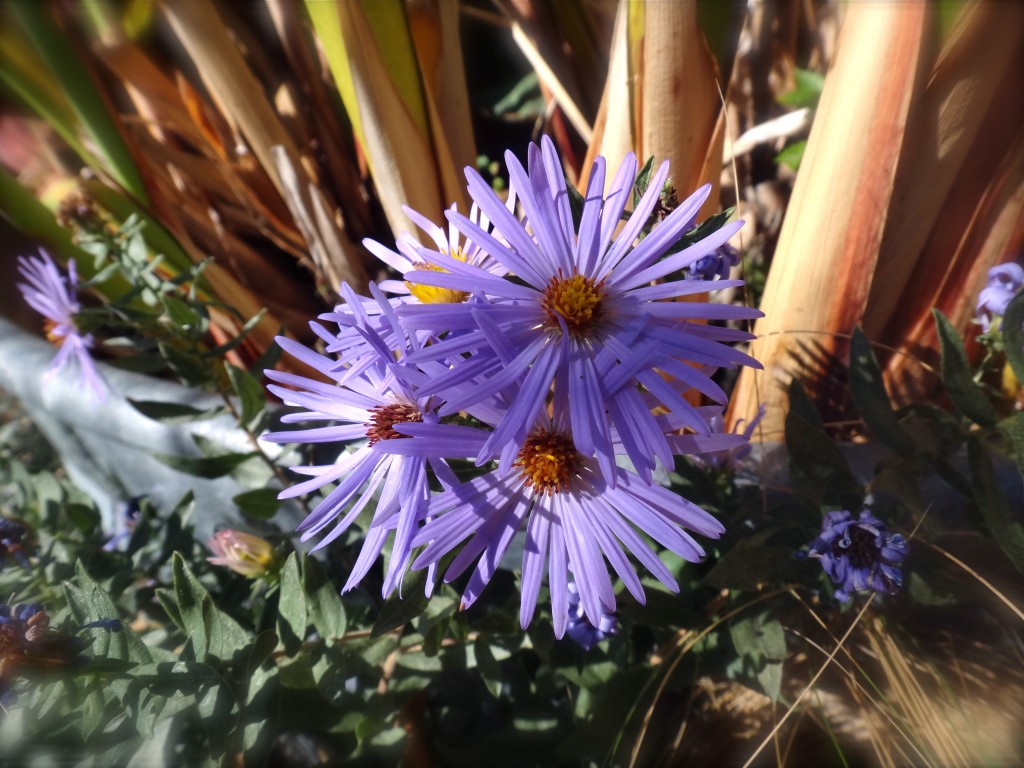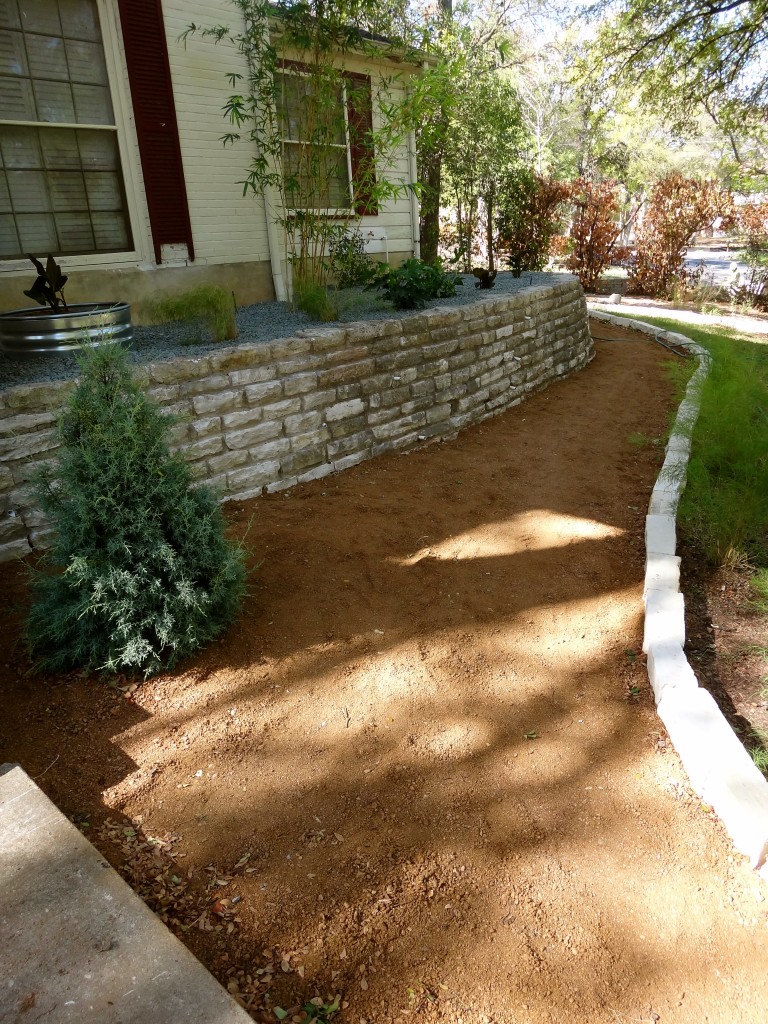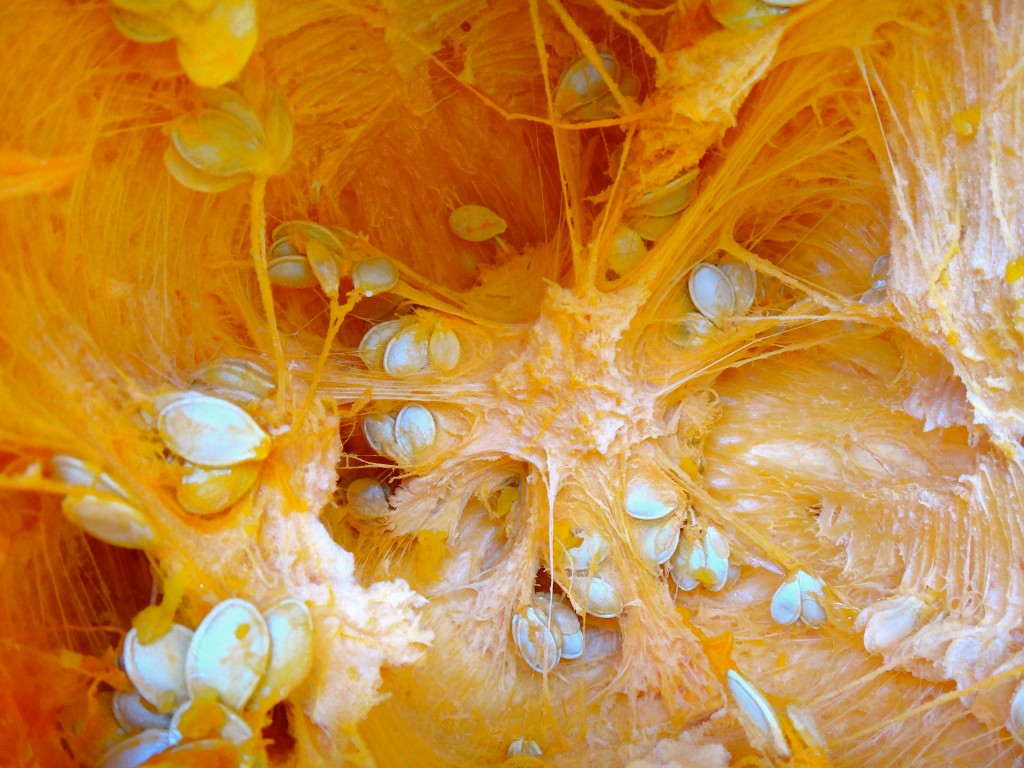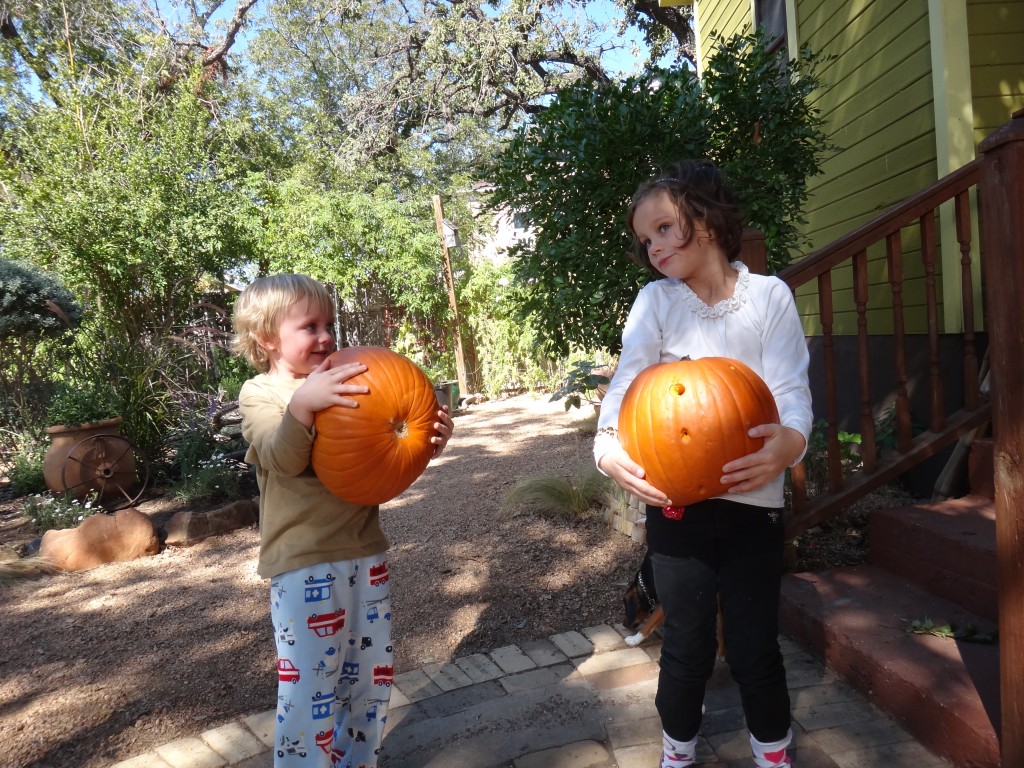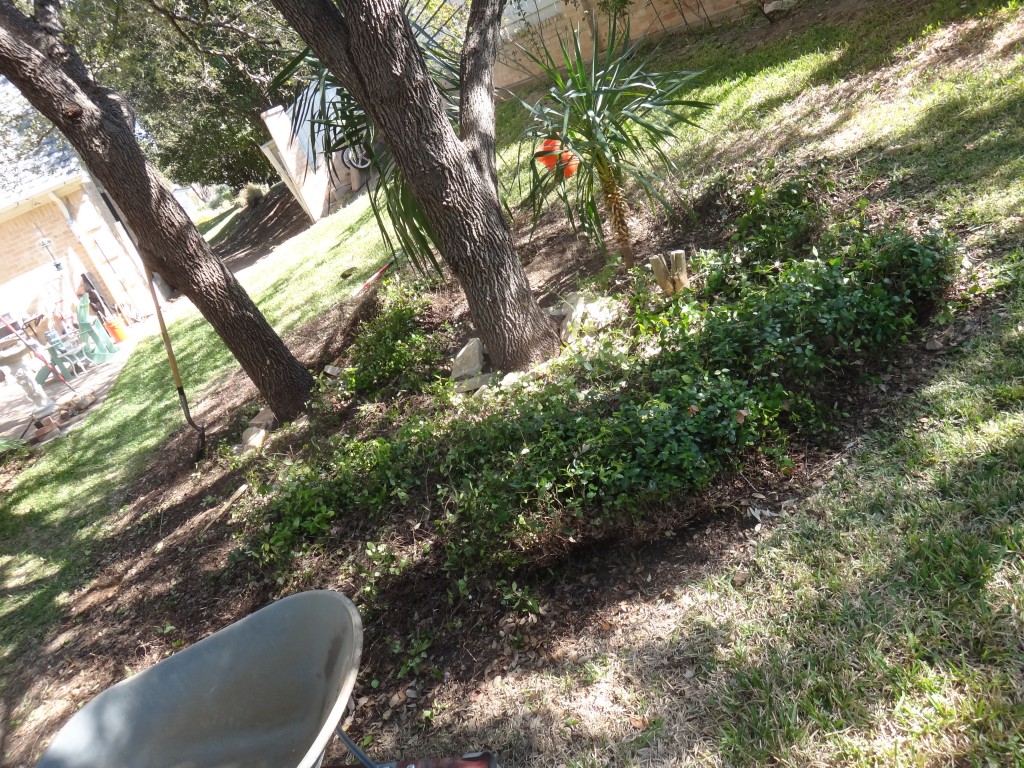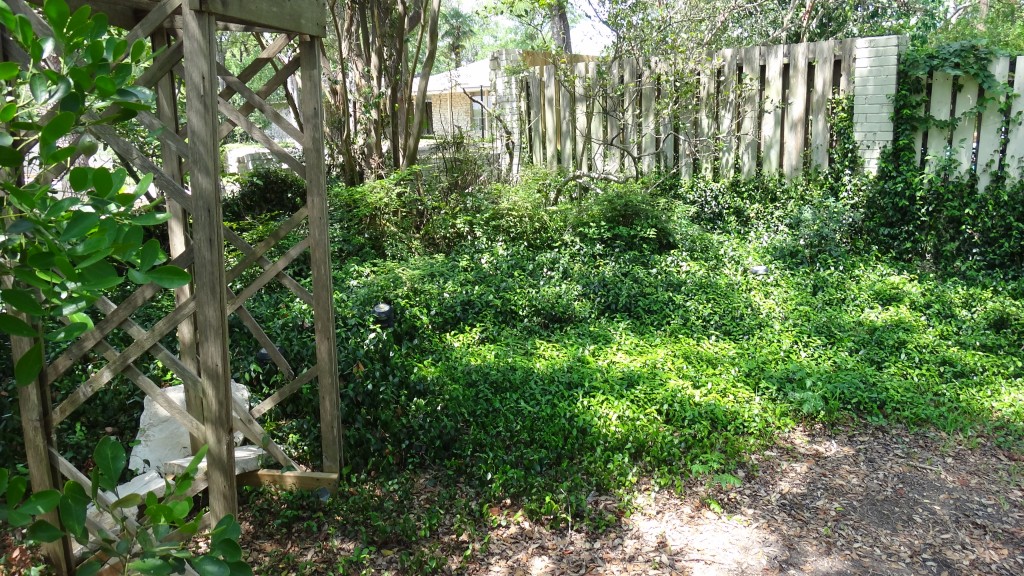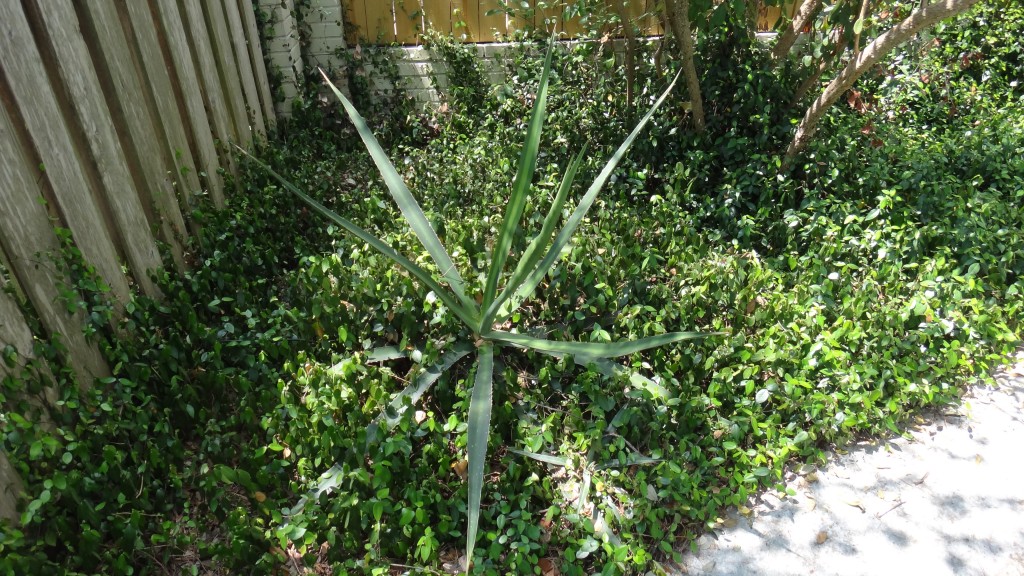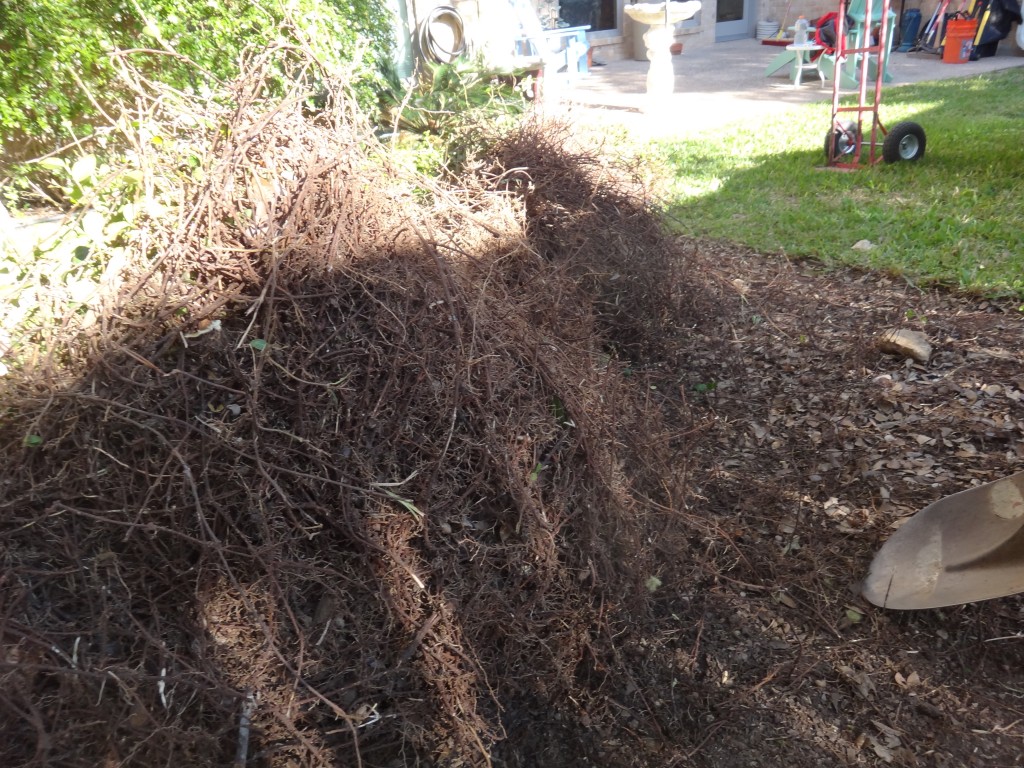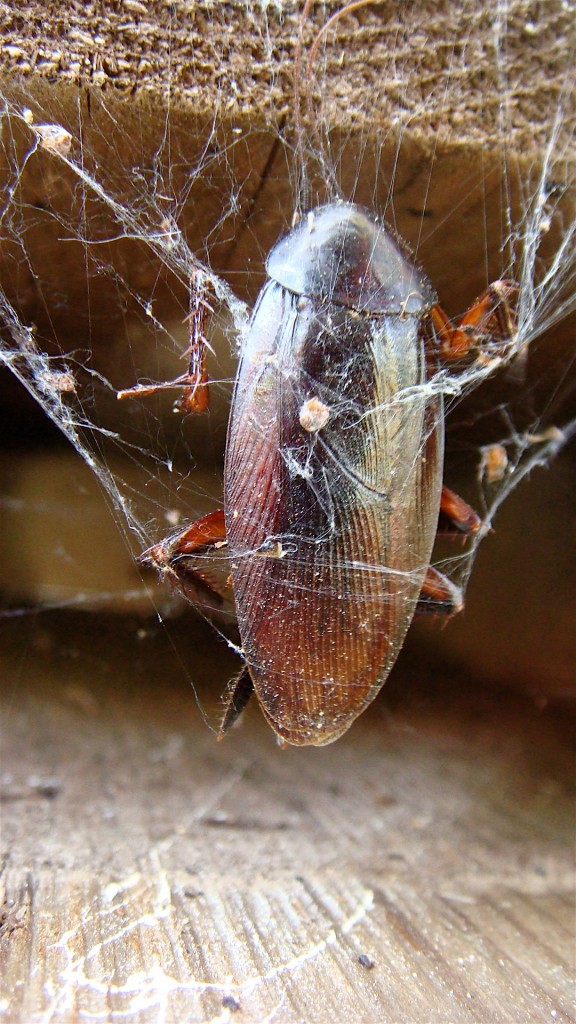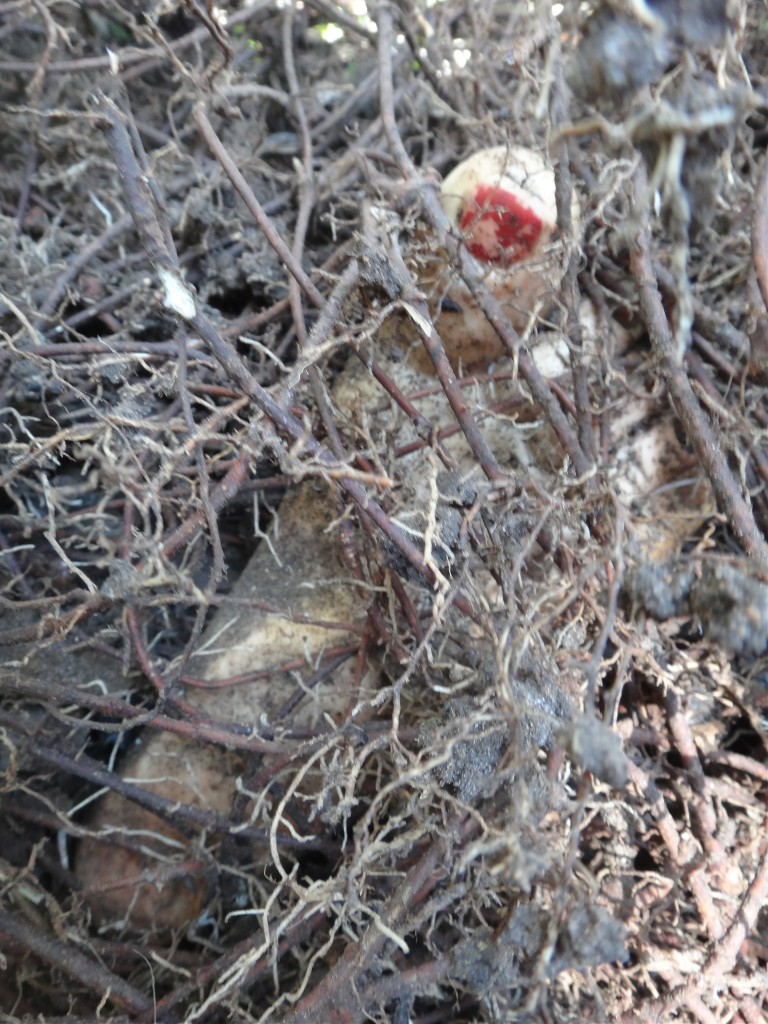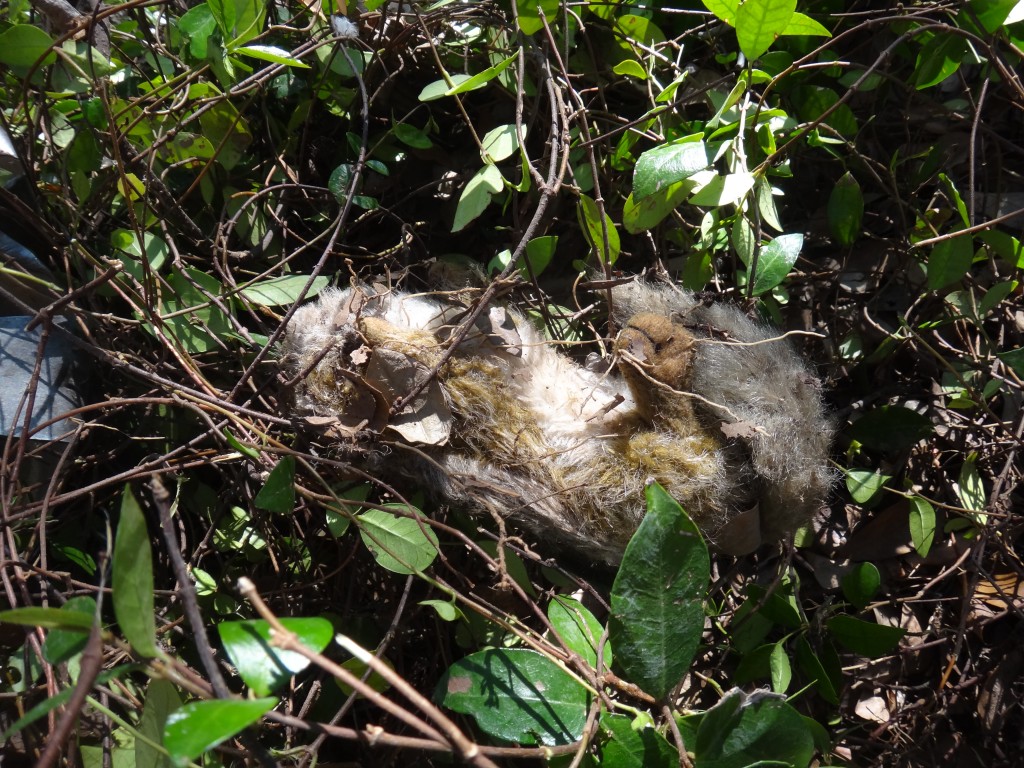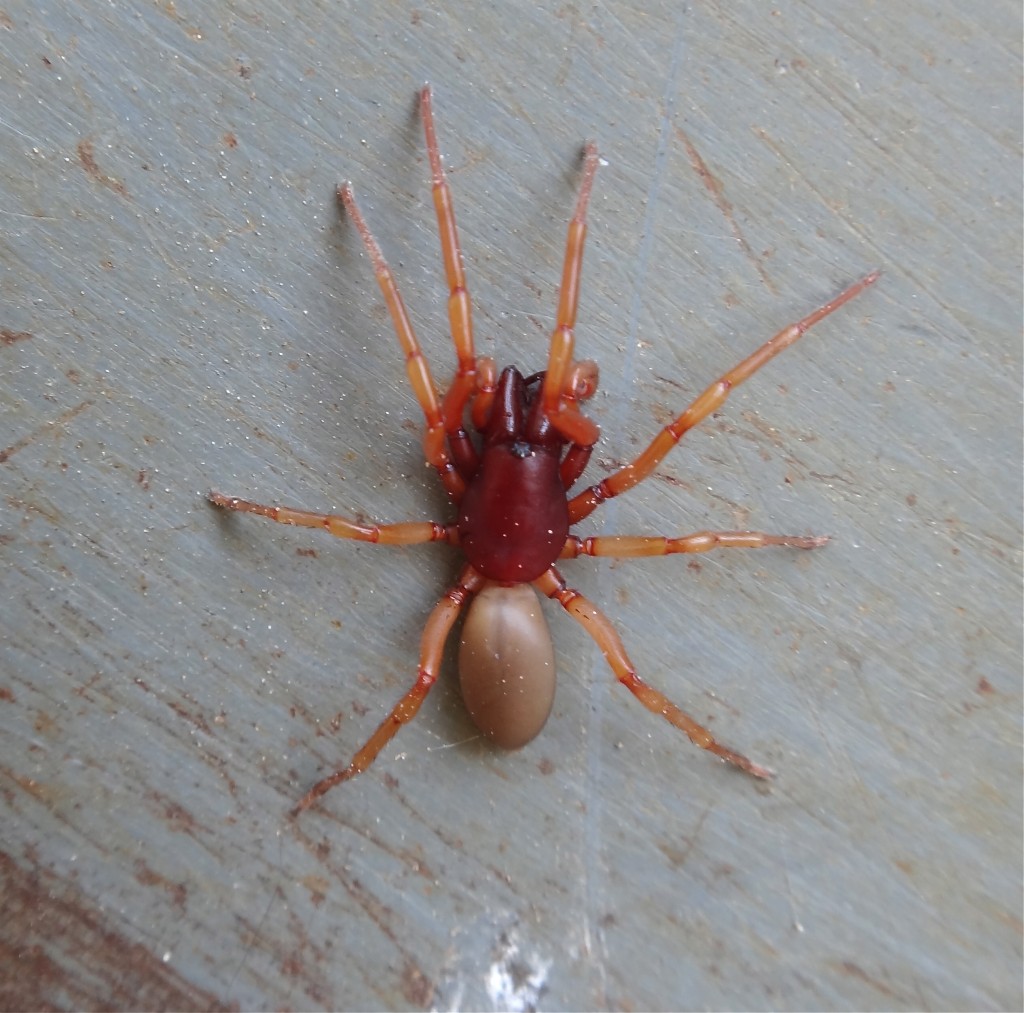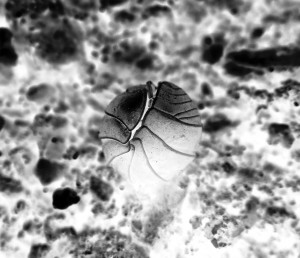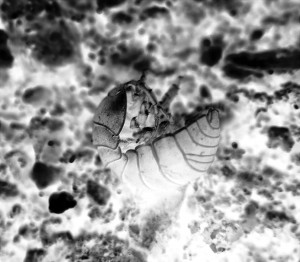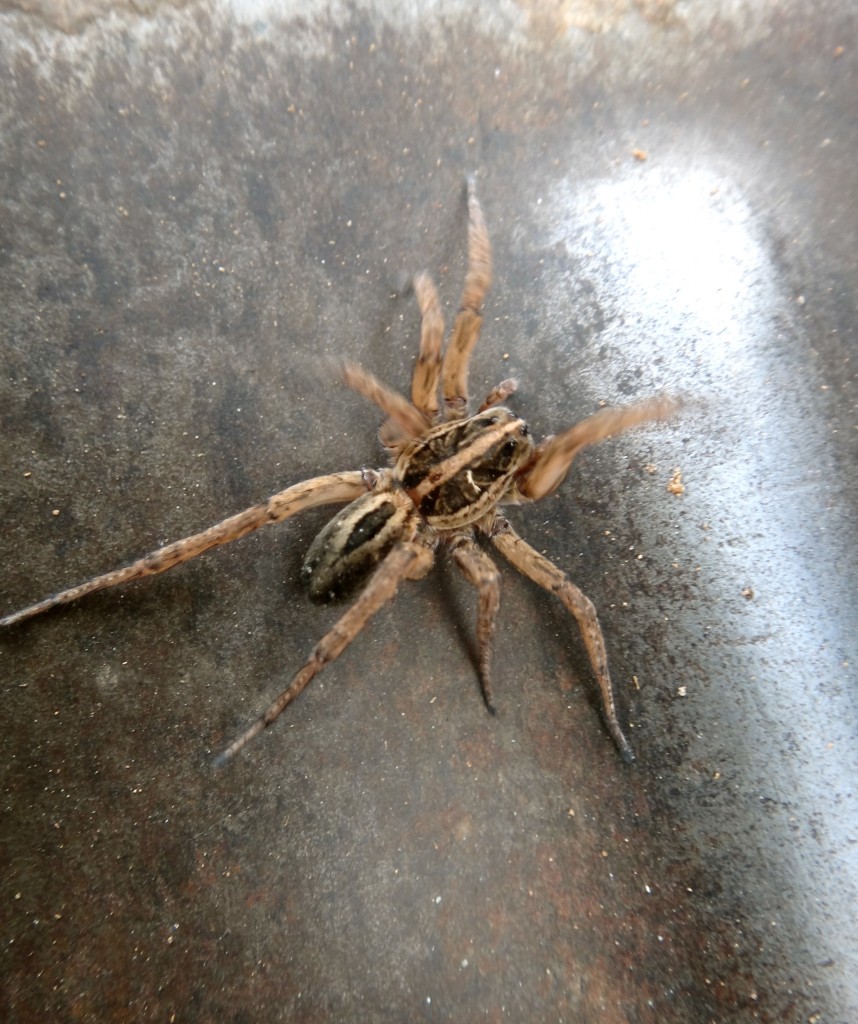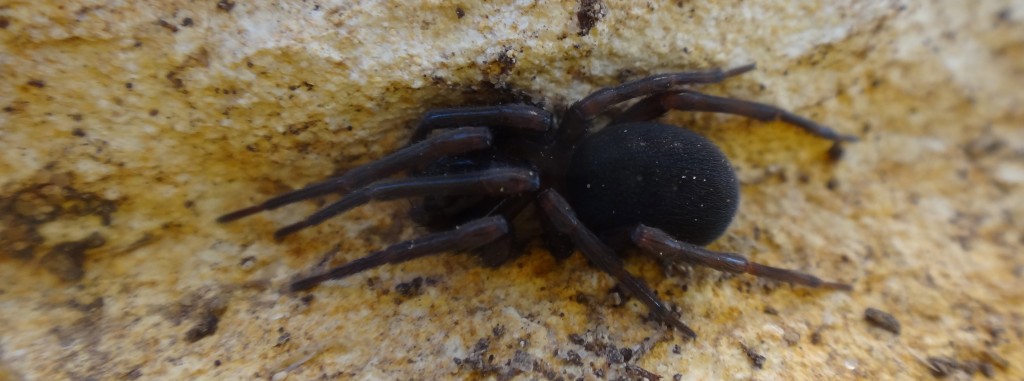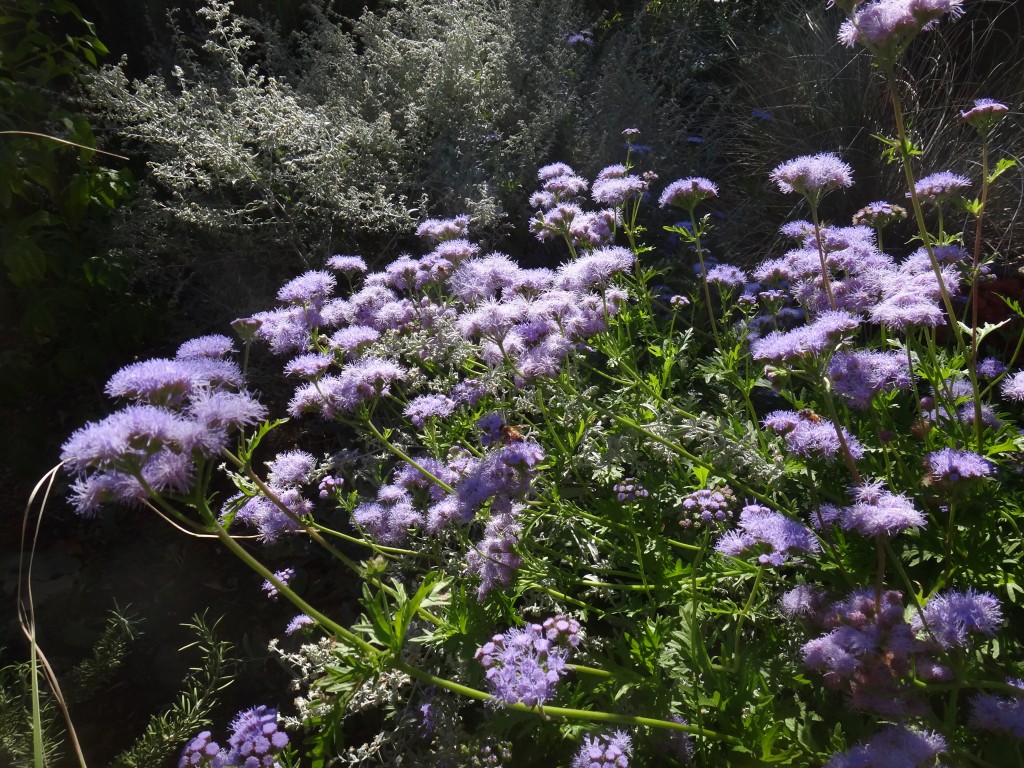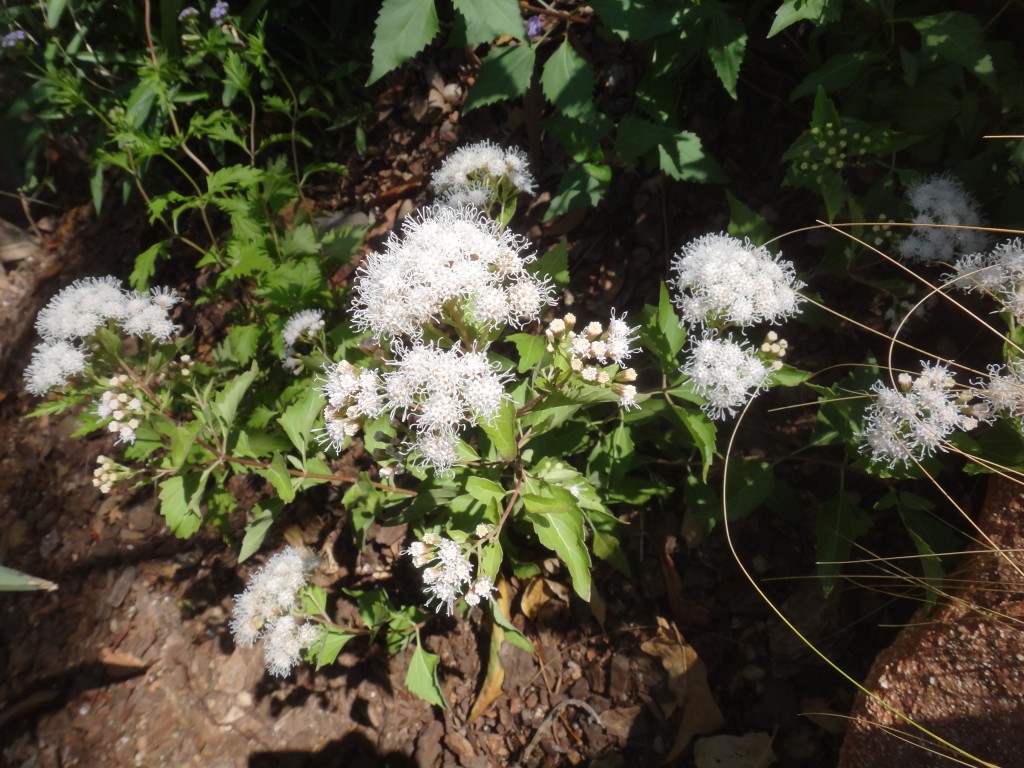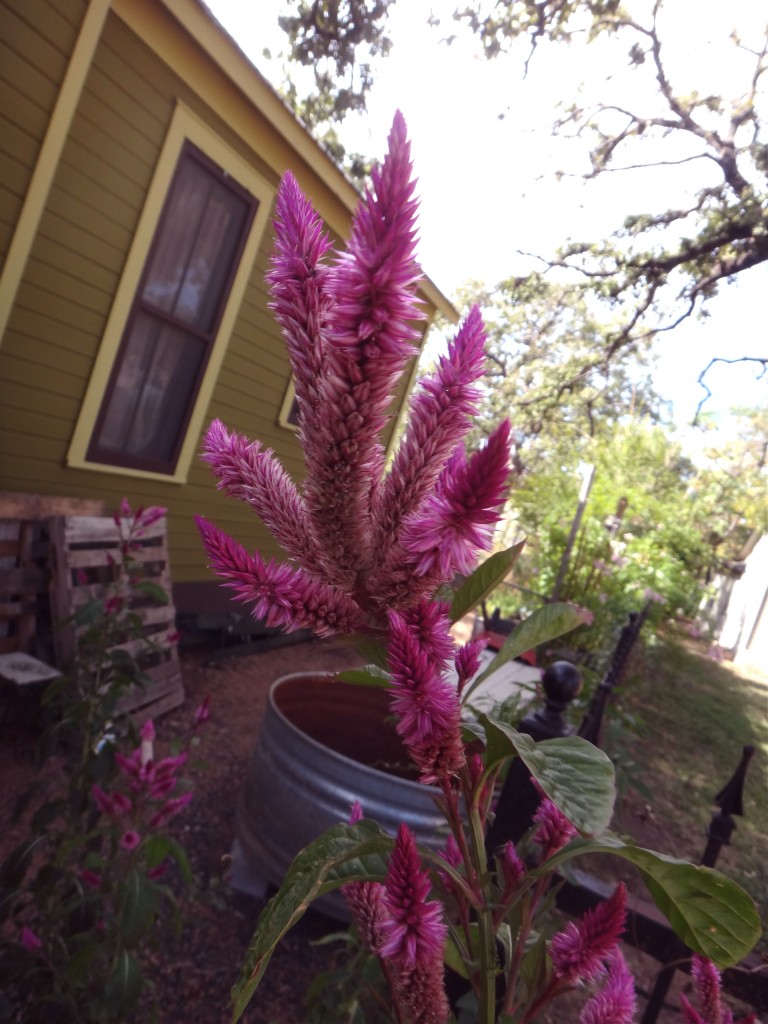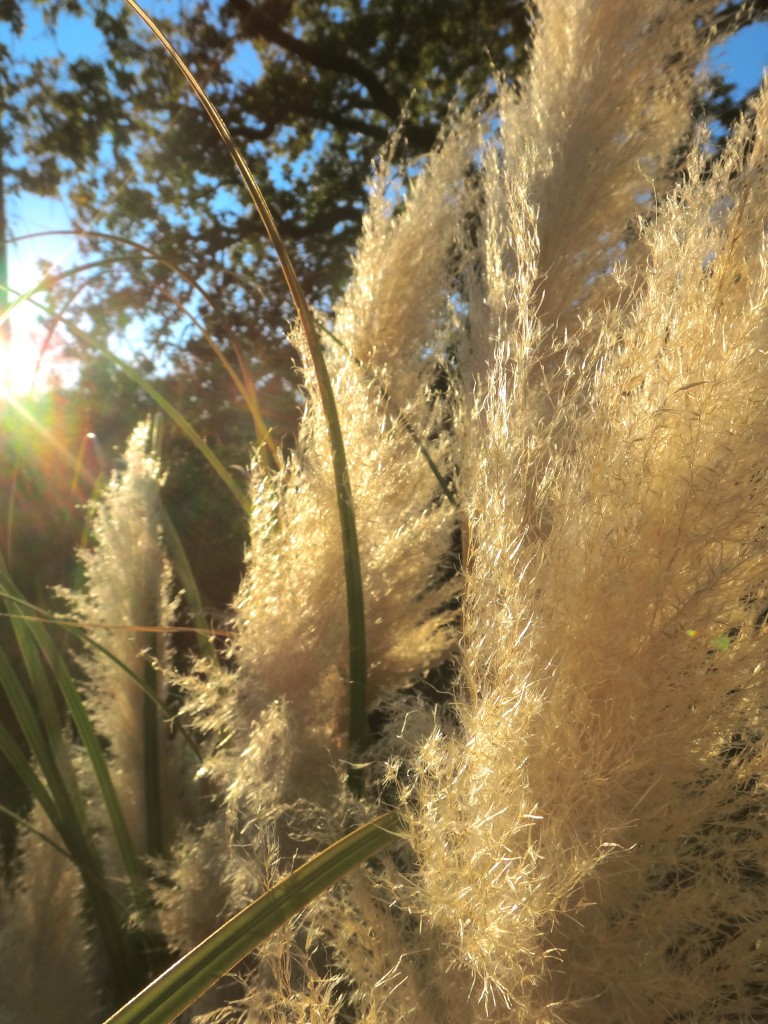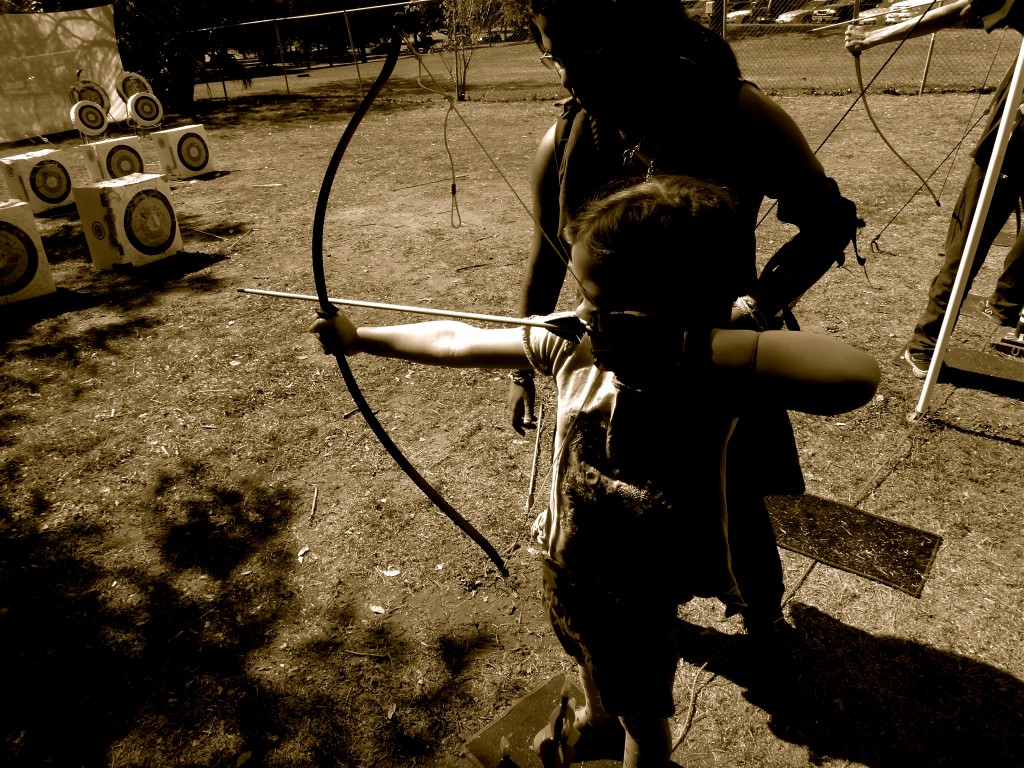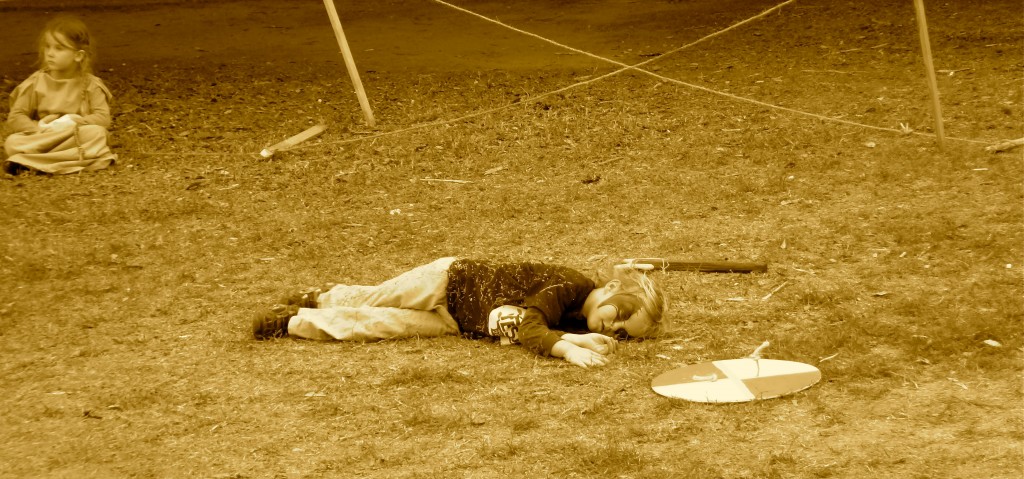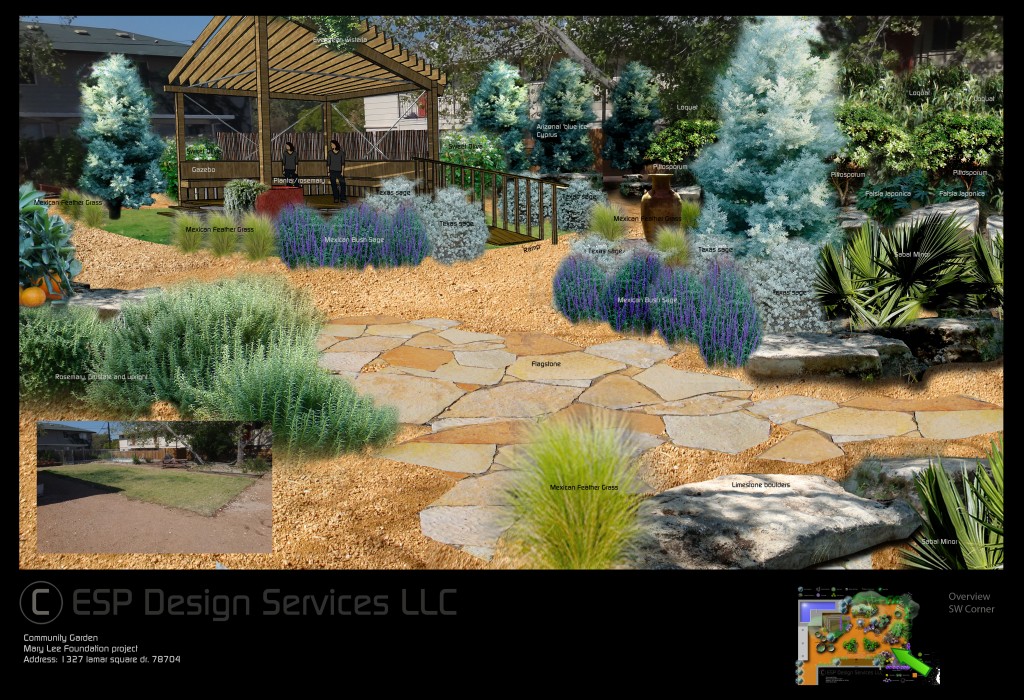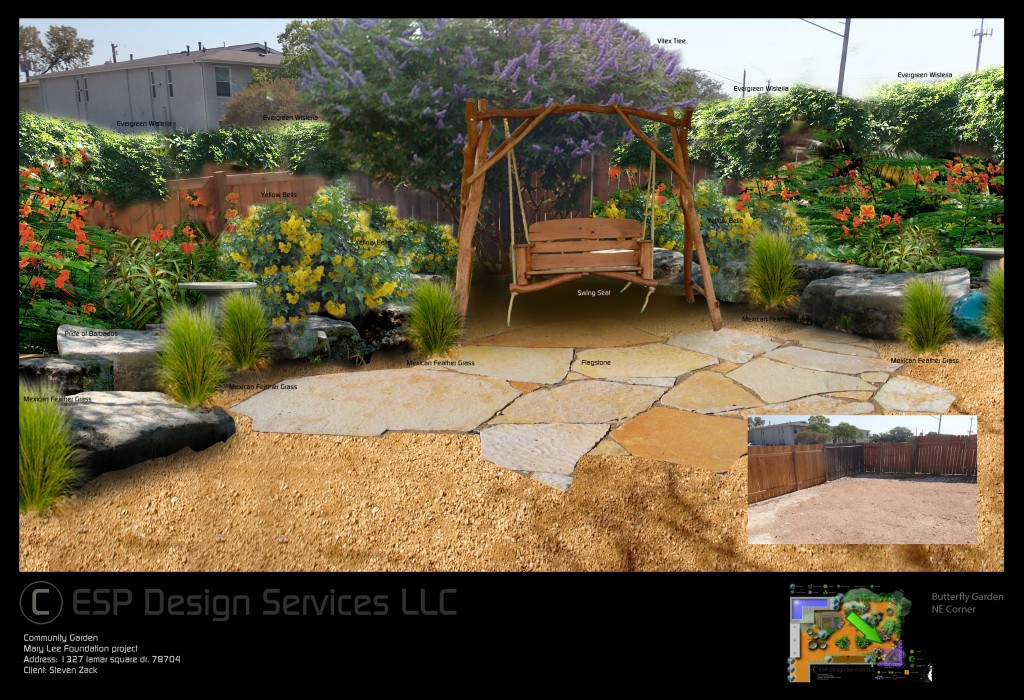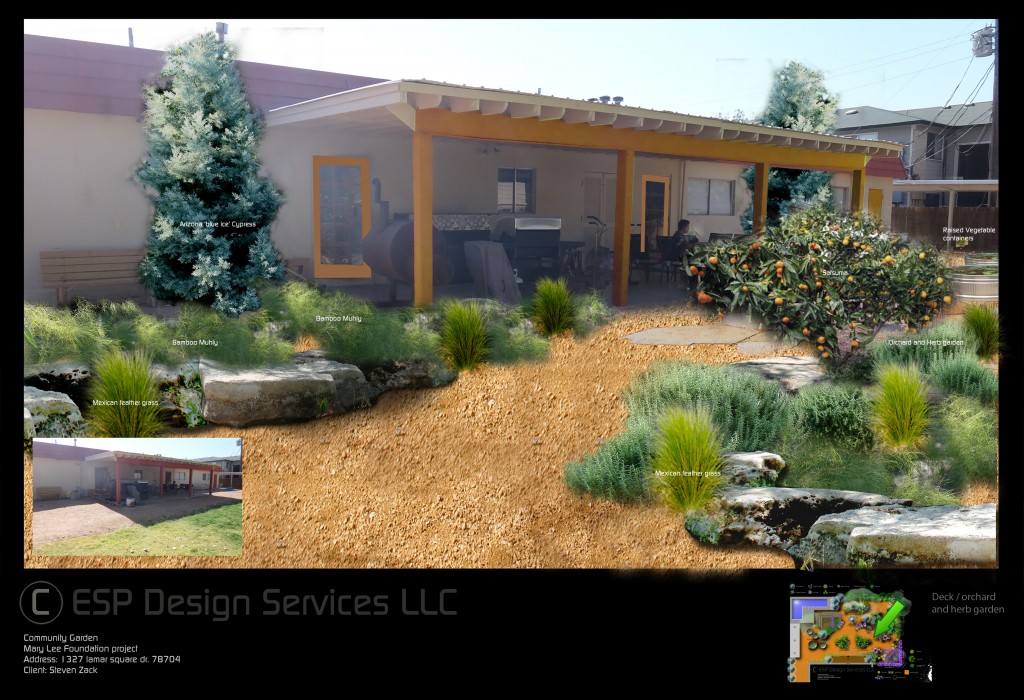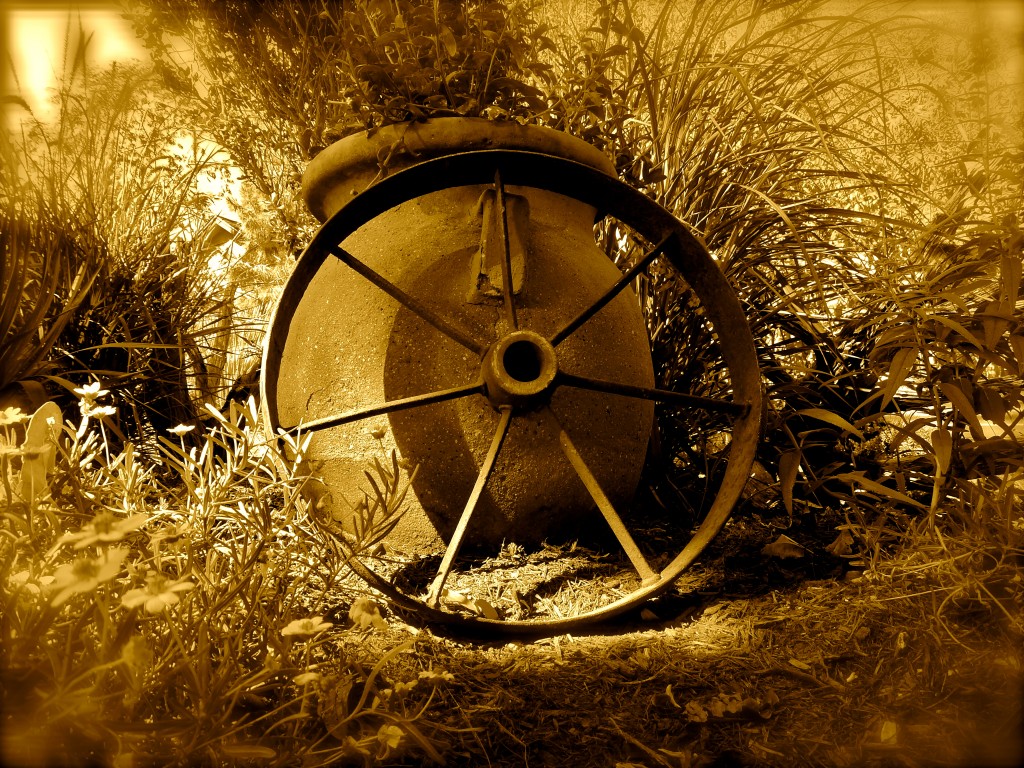“I Think I Jinxed Myself” should perhaps be a more fitting title for this particular post! Little did I know when I titled this post last week that I would a) wake up to a flat tire on my trusty steed b) end up having to buy a “new” tire c) find out a few hours later that the “new” tire also had a hole in it, and d) have to replace the “new” tire with another new “new” tire.
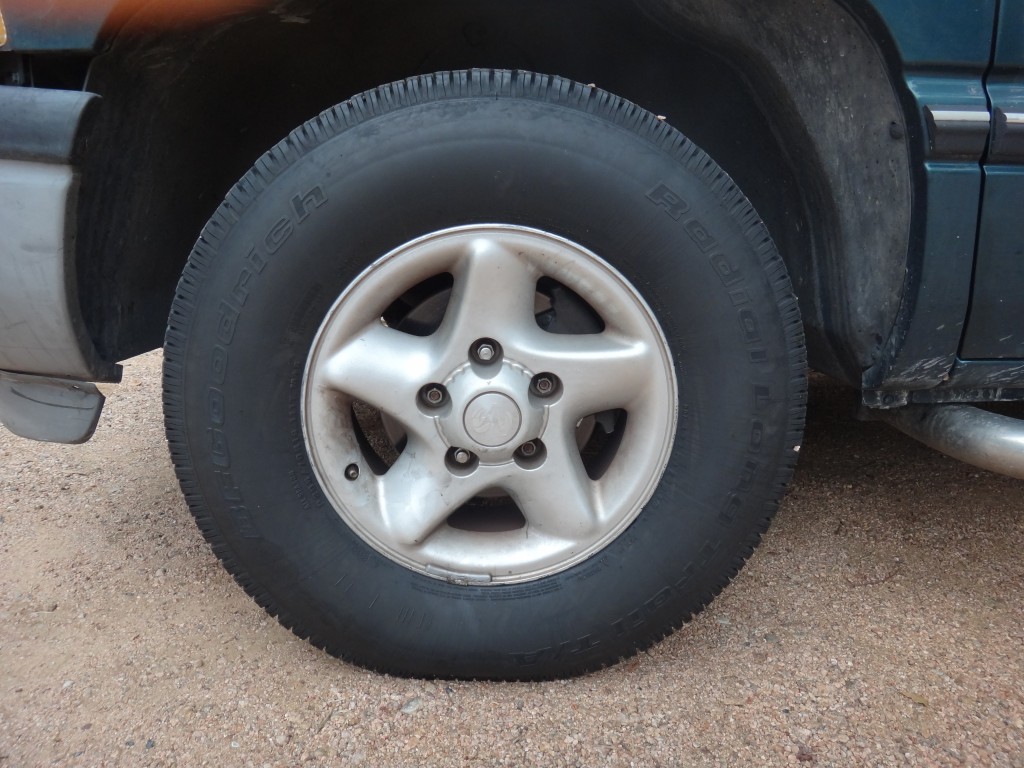 “The Wheels of Change” indeed.
“The Wheels of Change” indeed.

Things are changing finally in Central Texas, nighttime temperatures are now occasionally dipping, something
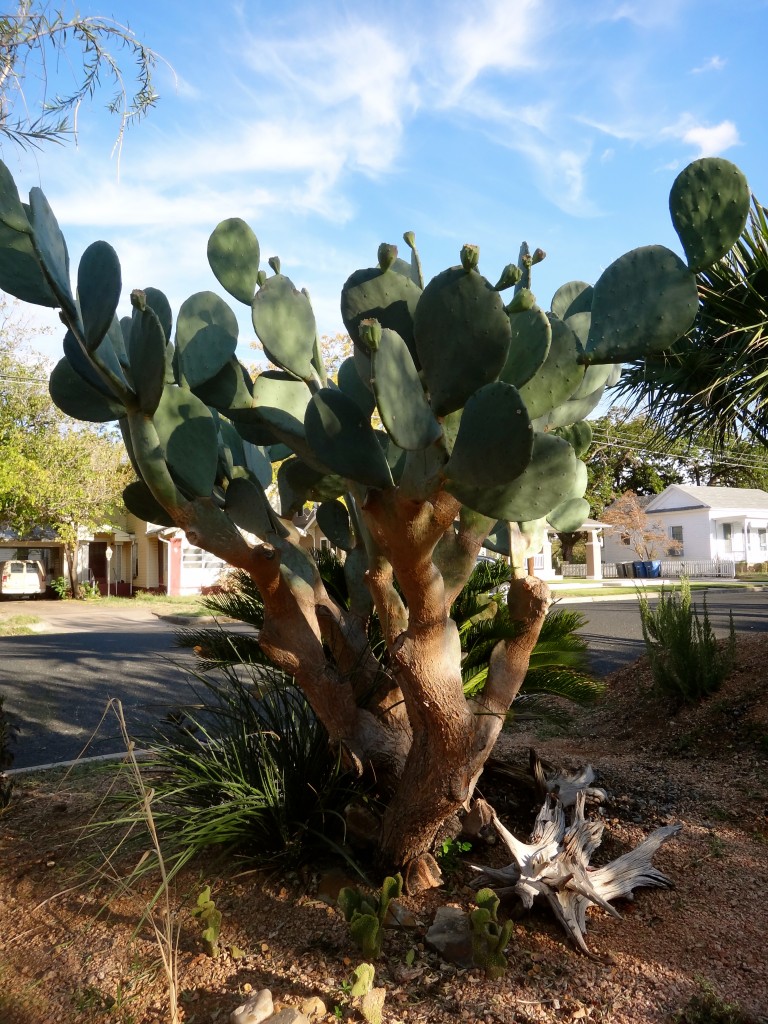 my opuntia tree seems to be enjoying.
my opuntia tree seems to be enjoying.
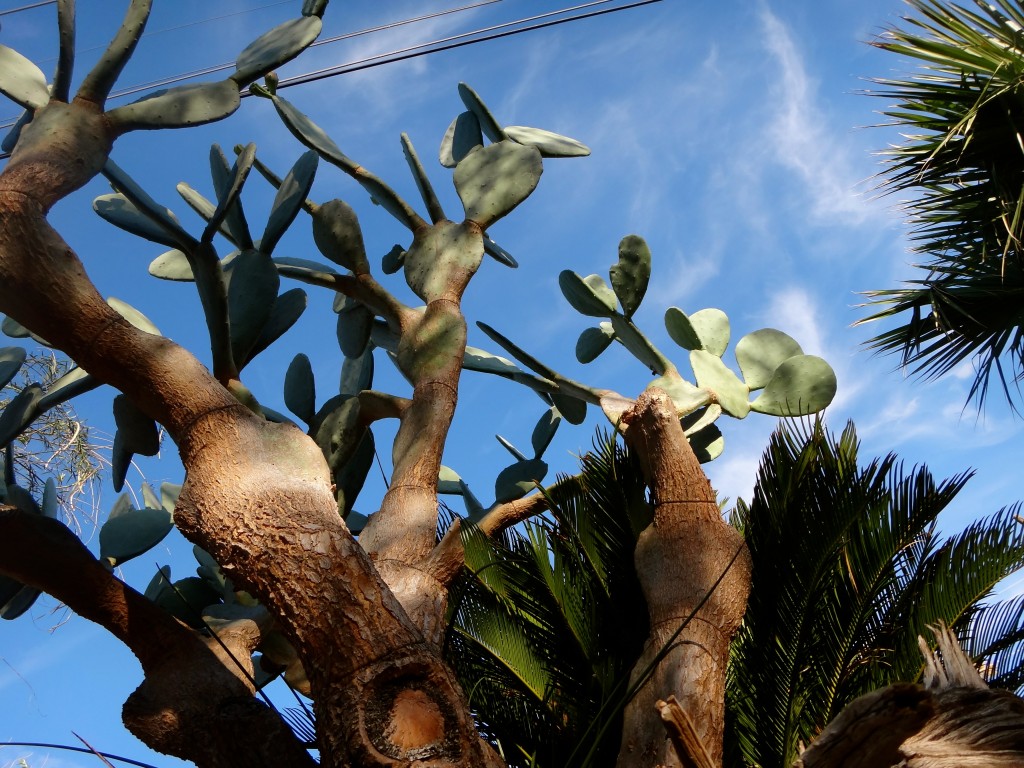
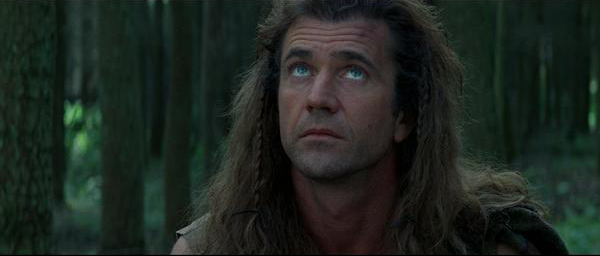 I have been hacking at this one’s lower limbs for quite some time to get it shaped up into a more vertical stature…
I have been hacking at this one’s lower limbs for quite some time to get it shaped up into a more vertical stature…
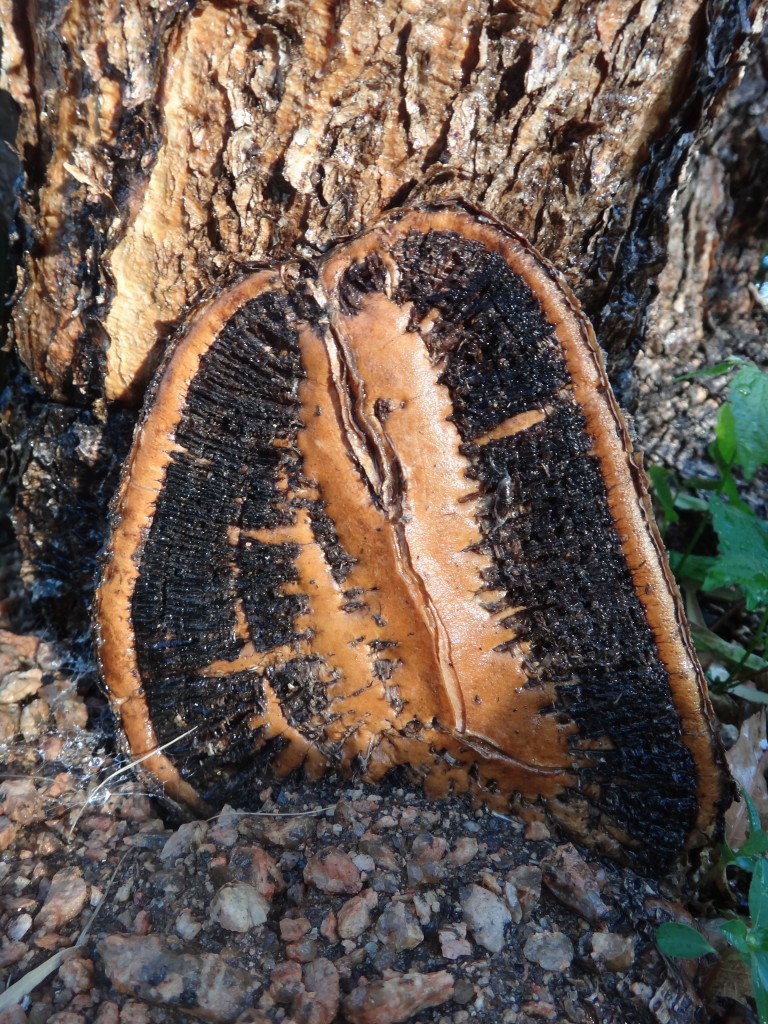 …it bares the cauterized war wounds of many an ancient battle with my trusty hook saw.
…it bares the cauterized war wounds of many an ancient battle with my trusty hook saw.
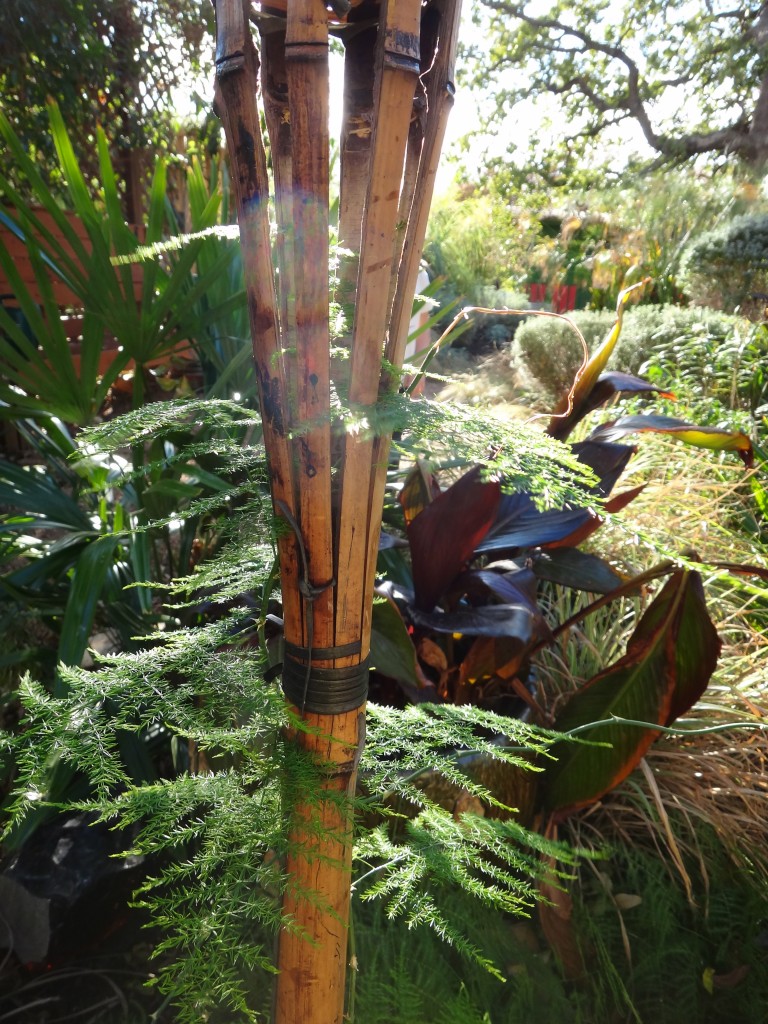 It does not matter how much you hack at this little asparagus fern, (which, like a lot of others, is not actually a true fern)
It does not matter how much you hack at this little asparagus fern, (which, like a lot of others, is not actually a true fern)
Asparagus setaceus / Asparagus plumosus
or Plumosa Fern
Don’t be fooled by this fern’s delicate disposition, it is as hard as nails and tolerates anything the Texas weather throws at it. You can let it creep around other plants like I now do to offer contrast to broader leaf plants like this burgundy canna lily, (a pairing that works very well together) or you can be a little more ambitious with it as I was some years ago…
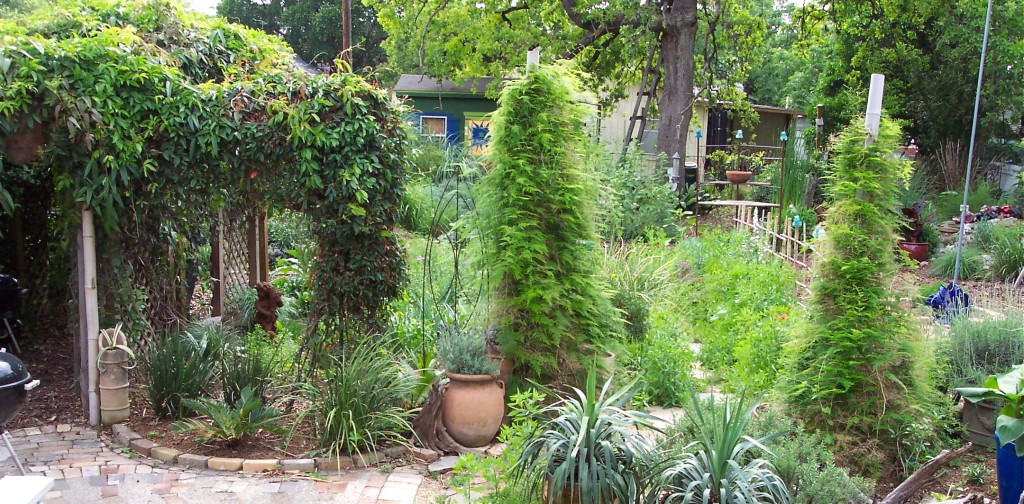 I planted two tiny plants against these bamboo poles, a couple of years later they resembled conifers. The plant will grow in full sun to shade and it will spread, so watch out where you plant it. It is also toxic and has thorns but other than that I personally like it. It would work really well if left to its own devices to climb over ornamental gates etc.
I planted two tiny plants against these bamboo poles, a couple of years later they resembled conifers. The plant will grow in full sun to shade and it will spread, so watch out where you plant it. It is also toxic and has thorns but other than that I personally like it. It would work really well if left to its own devices to climb over ornamental gates etc.
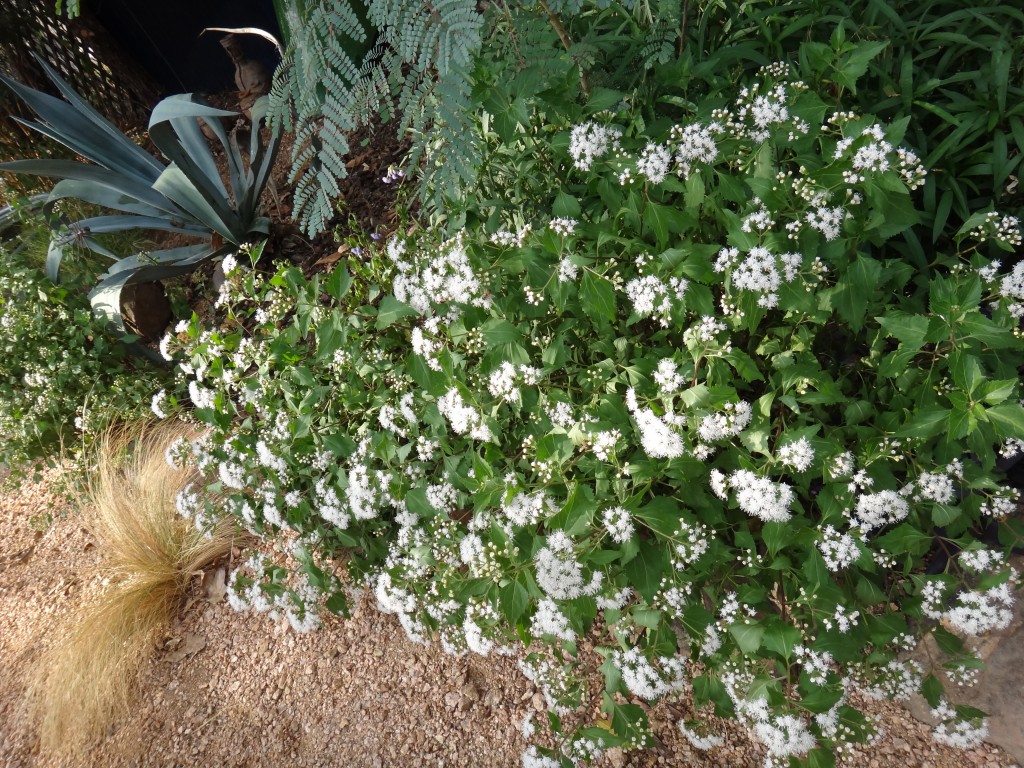 The onset of all my fragrant mist flowers and my
The onset of all my fragrant mist flowers and my
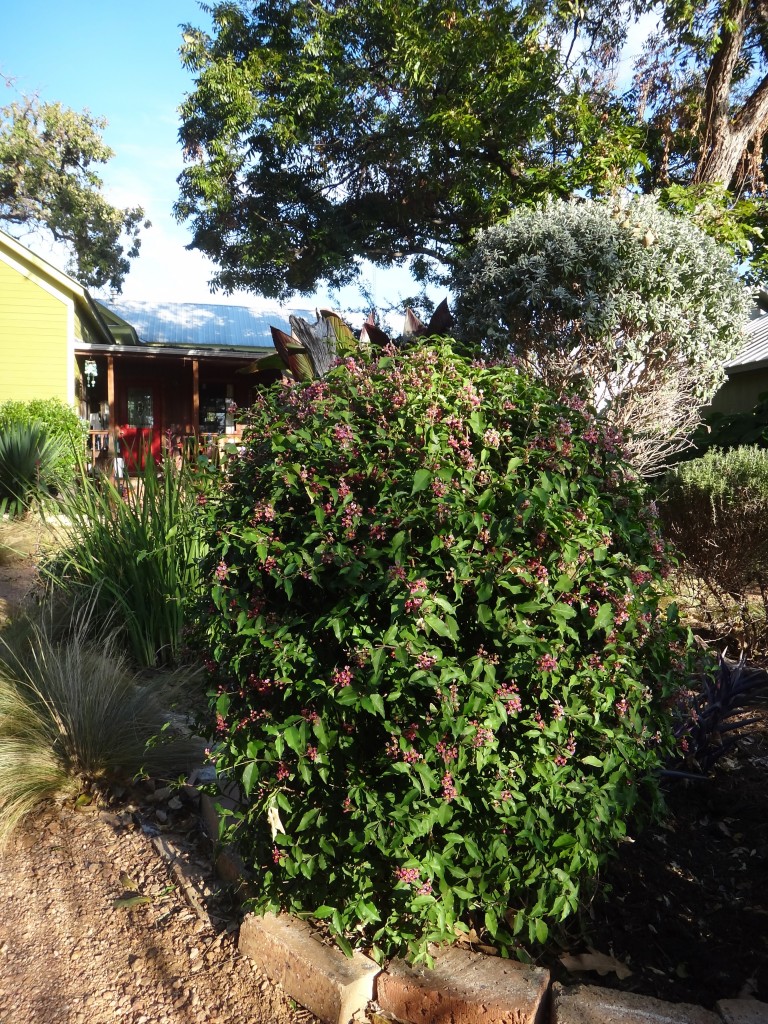 Barbados cherry blooming has created an eruption of these tiny sryphid flies in the Patch:
Barbados cherry blooming has created an eruption of these tiny sryphid flies in the Patch:
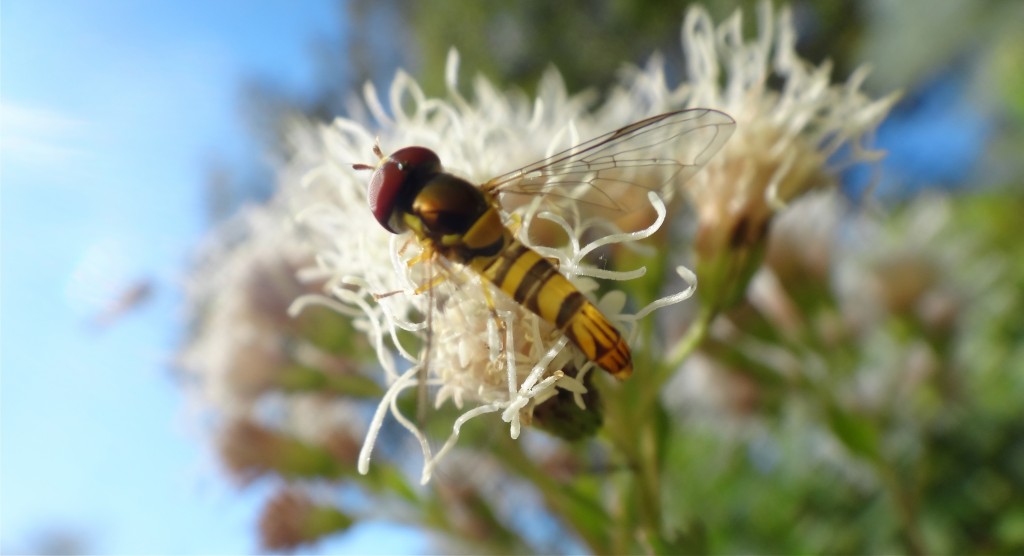
Allograpta obliqua
These aphid consuming, beneficial little hover flies are all over the place at the moment,
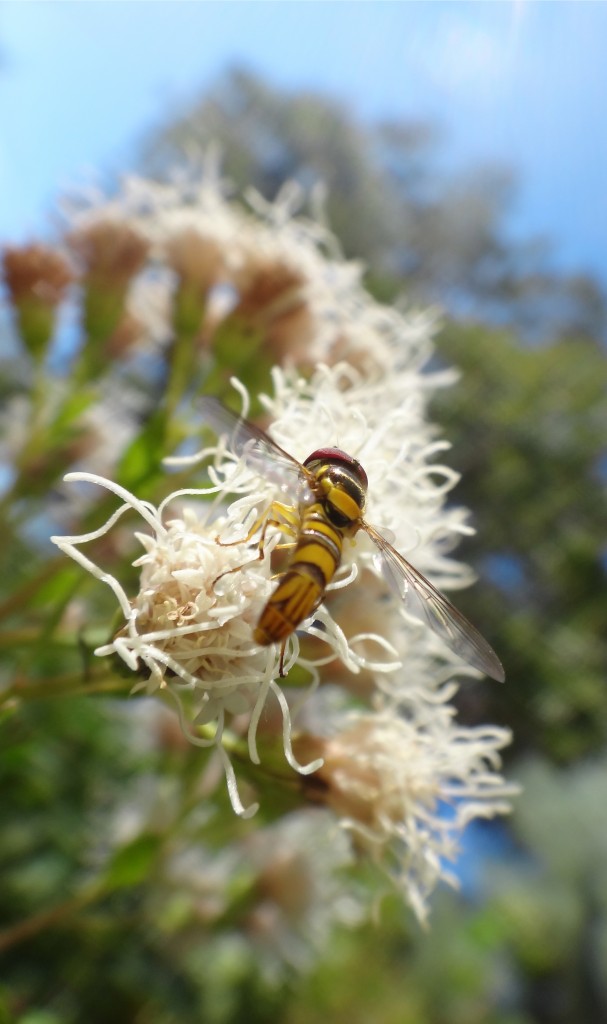
Also still blooming are the fall asters,
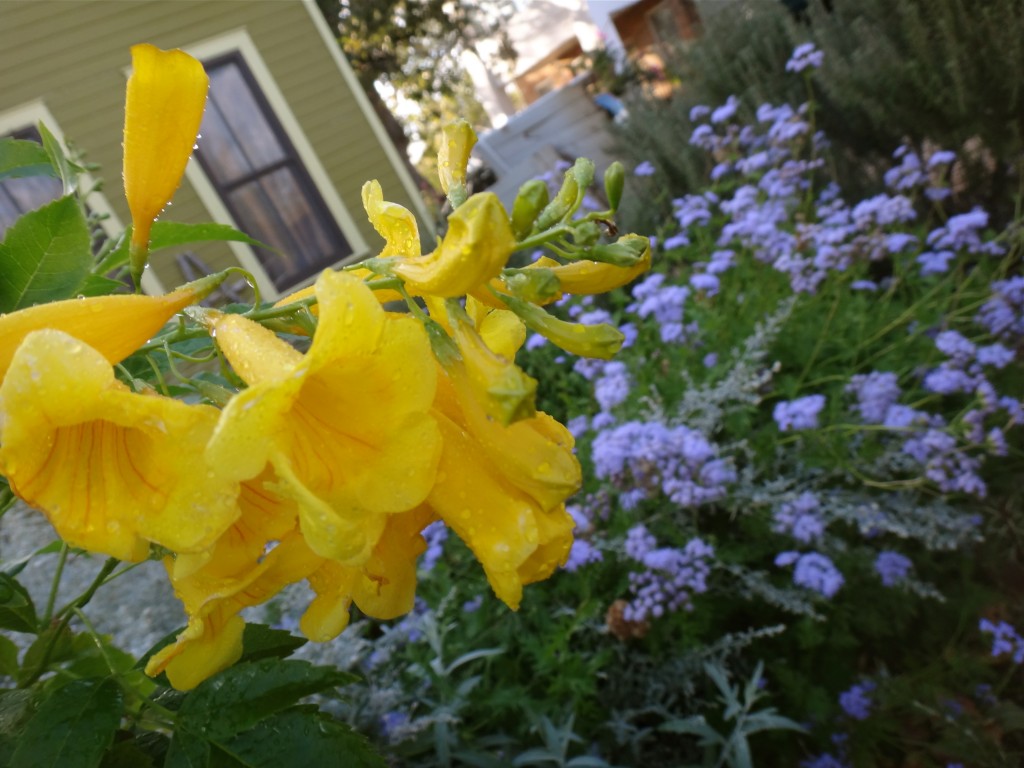 and this shiny little ice plant that receded to almost nothing this summer but is quickly returning from between the rocks.
and this shiny little ice plant that receded to almost nothing this summer but is quickly returning from between the rocks.
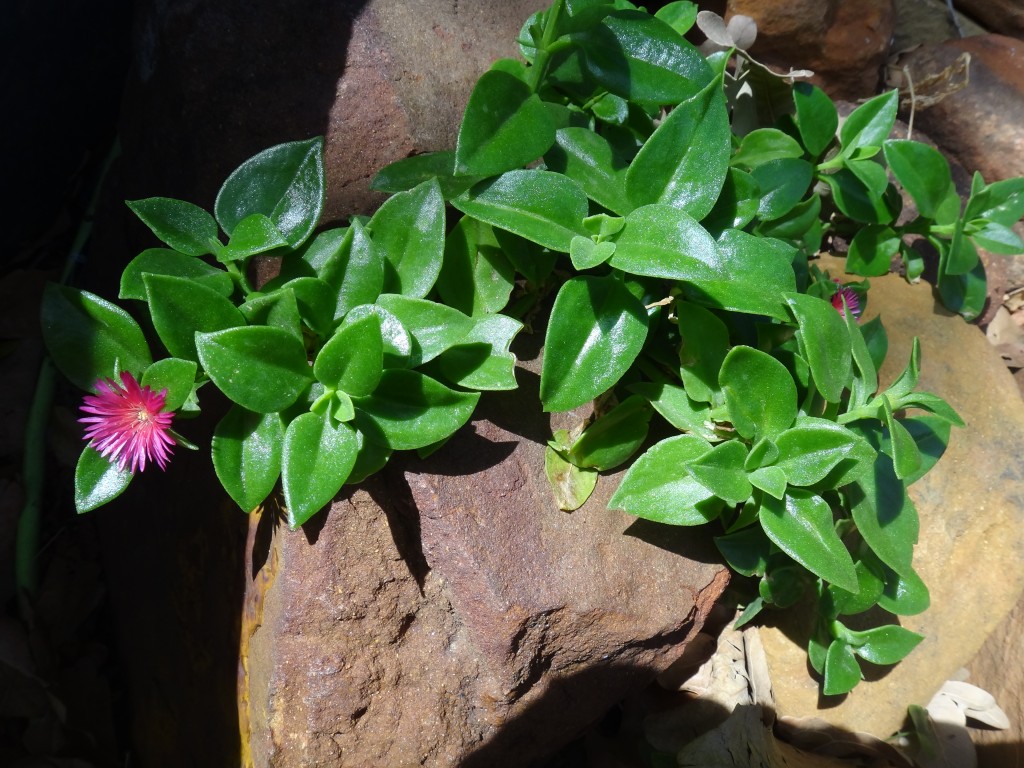
Moving On:
Remember my flatulent stock tank that burped and threw up on me last March? My halflings affectionately refer to this particular tank as “the poop-pond” due to it having Dillo Dirt in it.
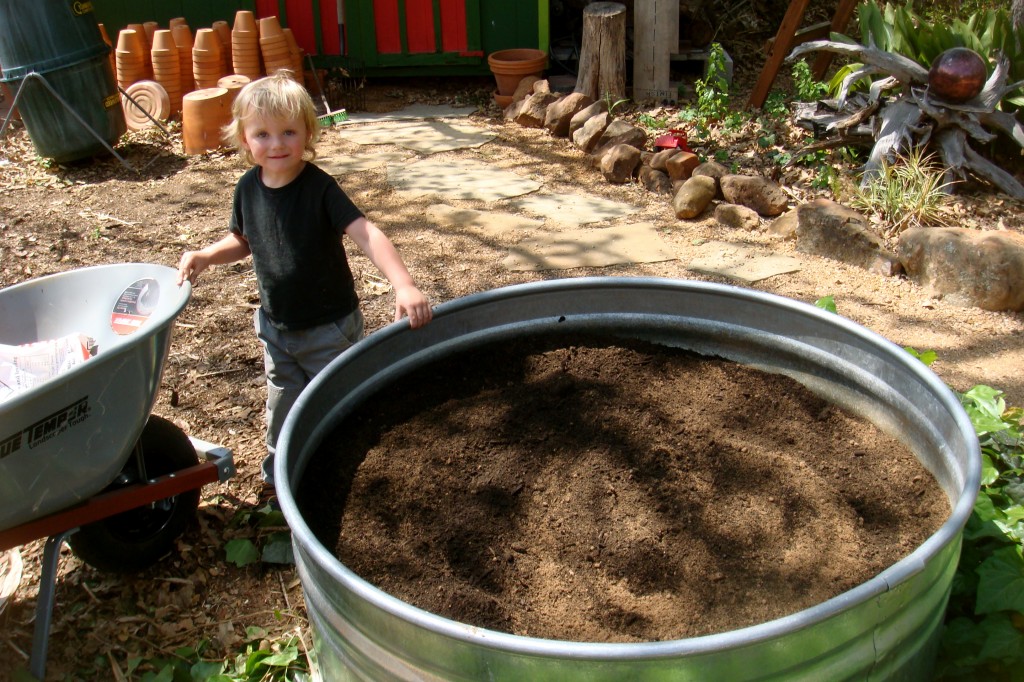
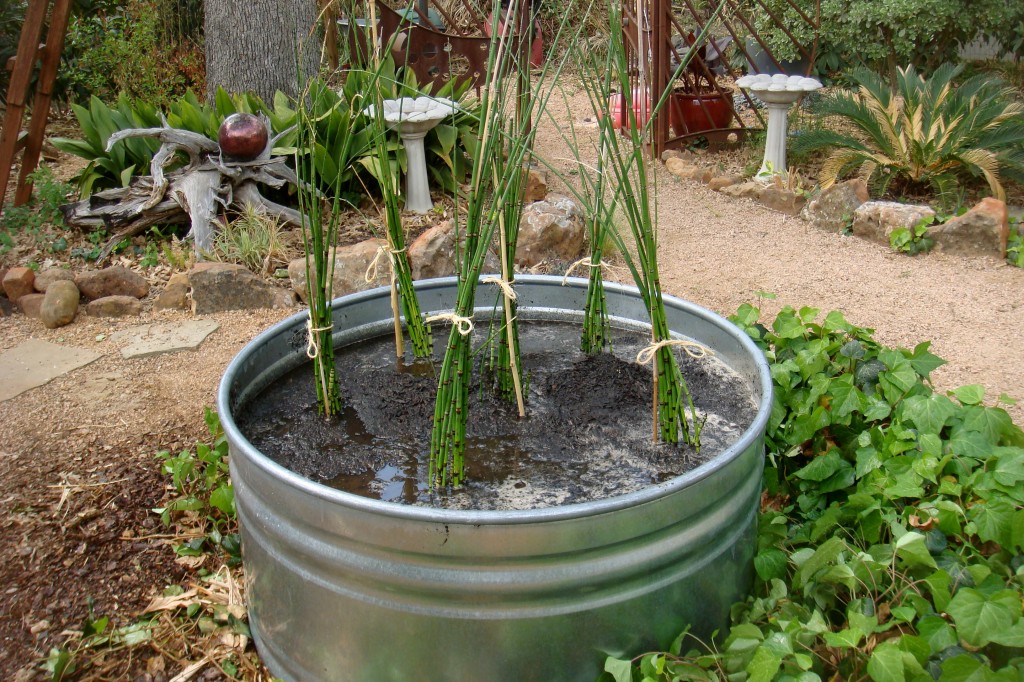 I planted it up with small clumps of horsetail reed and threw in a couple of dwarf papyrus for good measure and said “let the battle begin”.
I planted it up with small clumps of horsetail reed and threw in a couple of dwarf papyrus for good measure and said “let the battle begin”.
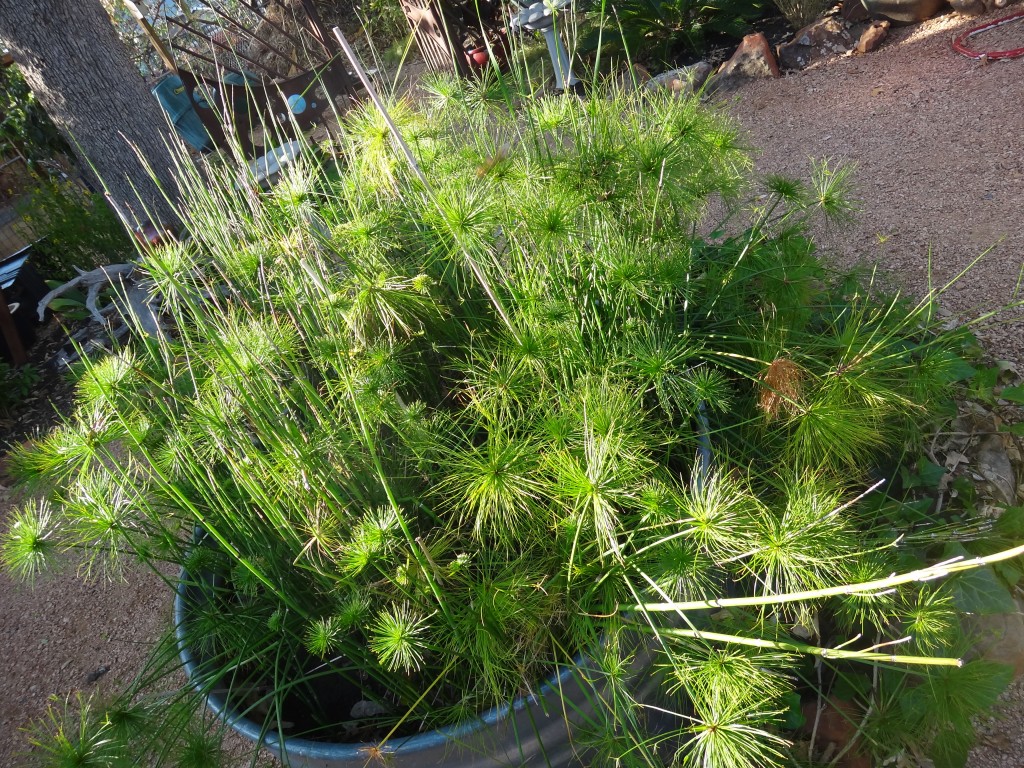 Eight months later and it has exploded, filling the entire tank. I would say this battle is well under way with perhaps the dwarf papyrus having the slight advantage.
Eight months later and it has exploded, filling the entire tank. I would say this battle is well under way with perhaps the dwarf papyrus having the slight advantage.
Finally…
a front make-over:
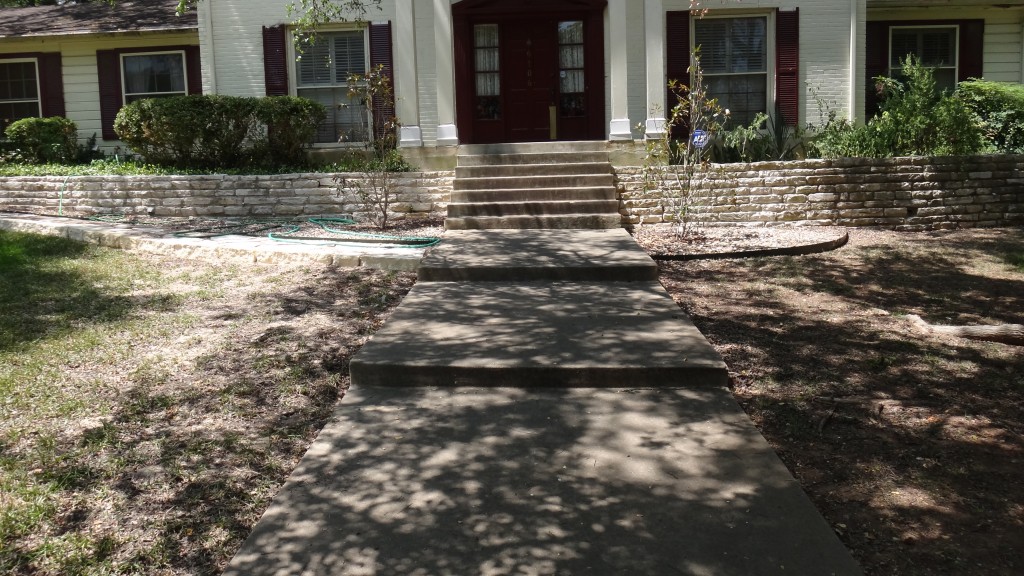
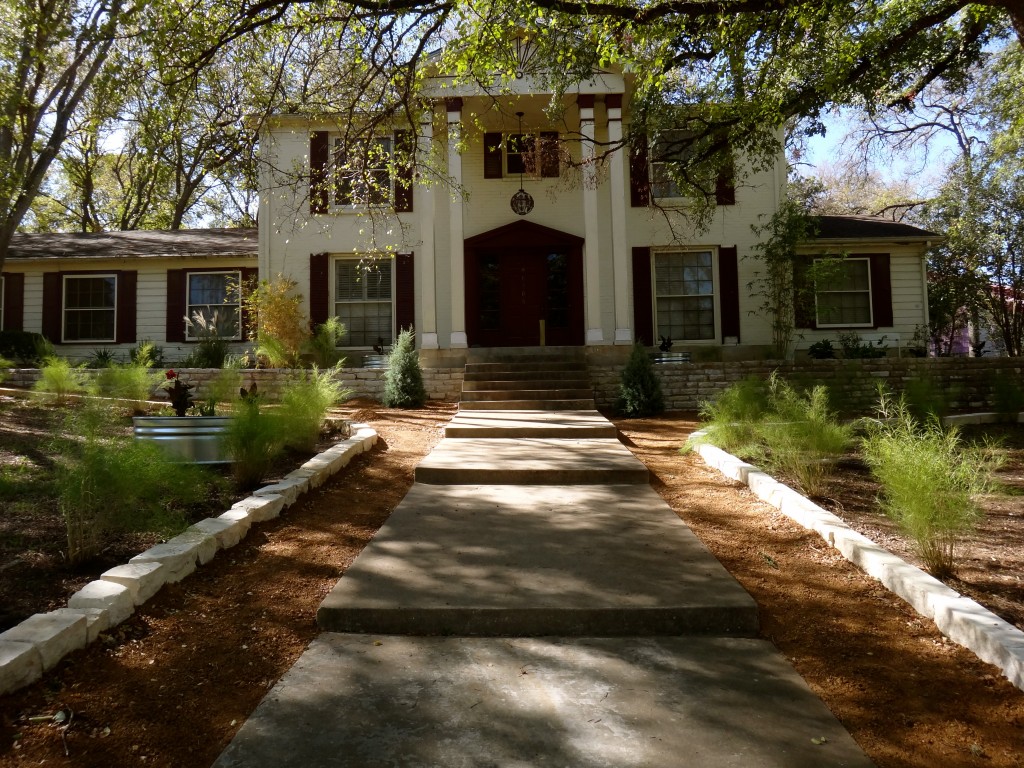 Large sweeping pathways were created around both sides of this house for functional access and to visually draw attention to, and emphasize the grand entryway of the property.
Large sweeping pathways were created around both sides of this house for functional access and to visually draw attention to, and emphasize the grand entryway of the property.
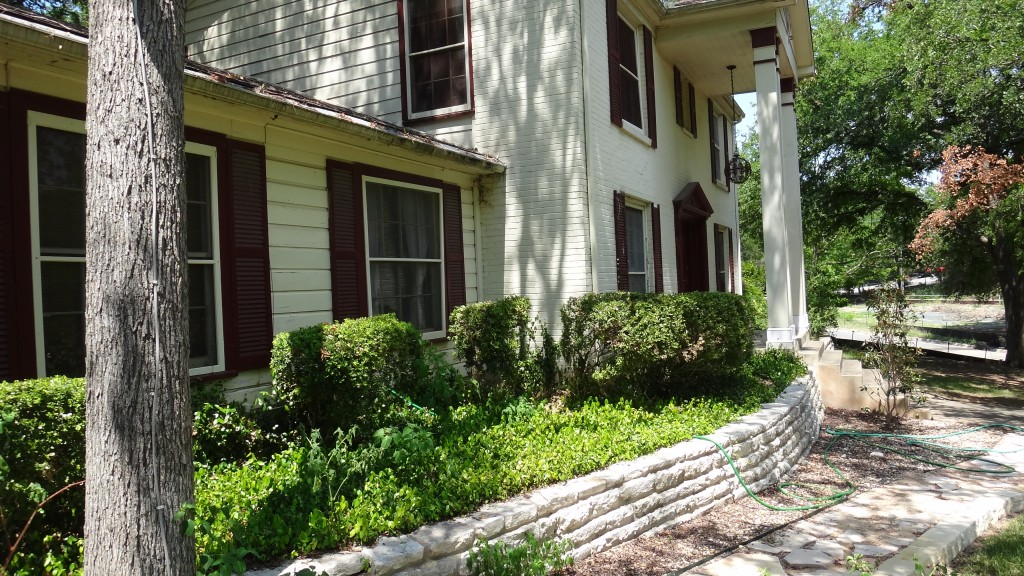
Lots of Asiatic jasmine ground cover was removed (stay calm, stay calm, deep breaths, (subtle knee murmur)) along with the existing shrubbery that was getting rather long in the tooth.
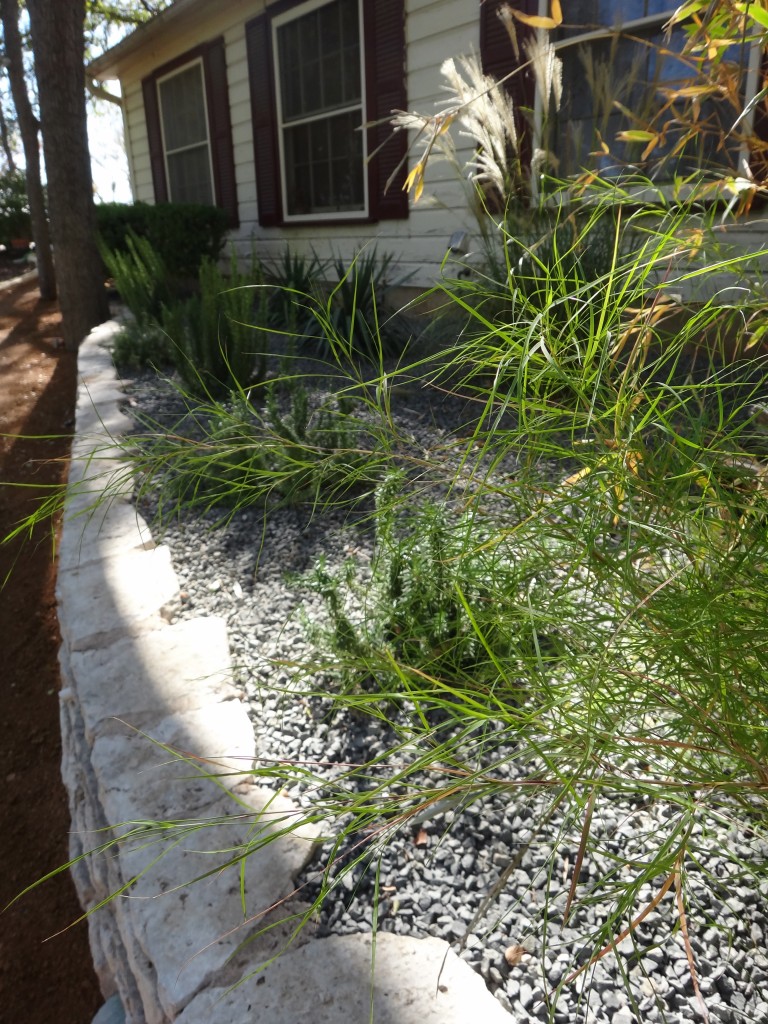 In its place came a weed suppressed base of grey Tejas black gravel and a fresh new planting scheme, heavy on the prostate rosemary to cascade over the elevated retainer wall, the intent being something like this:
In its place came a weed suppressed base of grey Tejas black gravel and a fresh new planting scheme, heavy on the prostate rosemary to cascade over the elevated retainer wall, the intent being something like this:
 A mass-planting of bamboo muhly softens the edges of the walkway and more burgundy cannas are used in sunken stock tanks next to the entryway to pick up on the house trim color.
A mass-planting of bamboo muhly softens the edges of the walkway and more burgundy cannas are used in sunken stock tanks next to the entryway to pick up on the house trim color.
“Poking around the Pokeweed”
All material © 2011 for eastsidepatch. Unauthorized
intergalactic reproduction strictly prohibited, and
punishable by late (and extremely unpleasant)
14th century planet Earth techniques.

